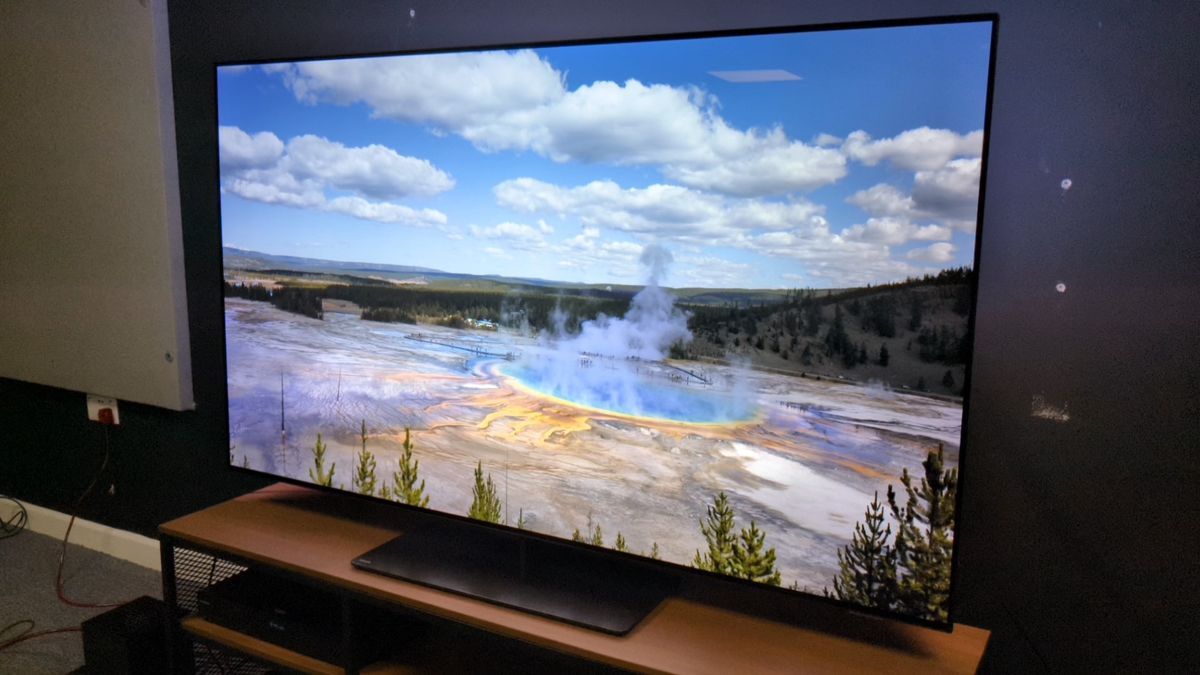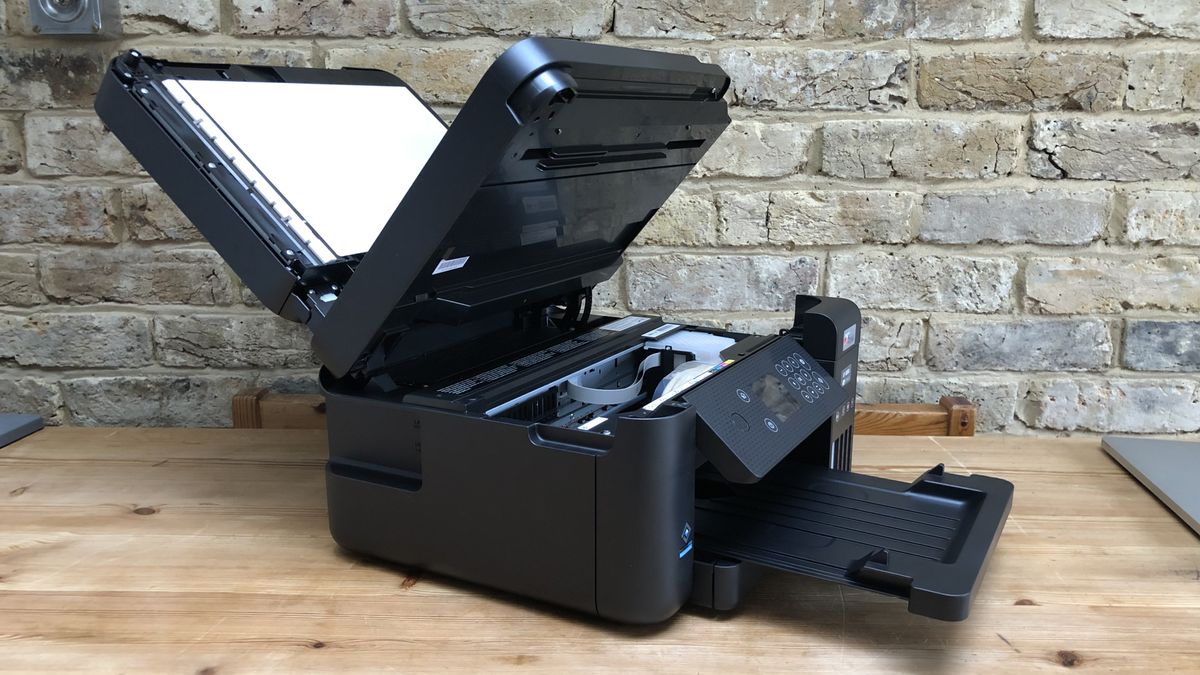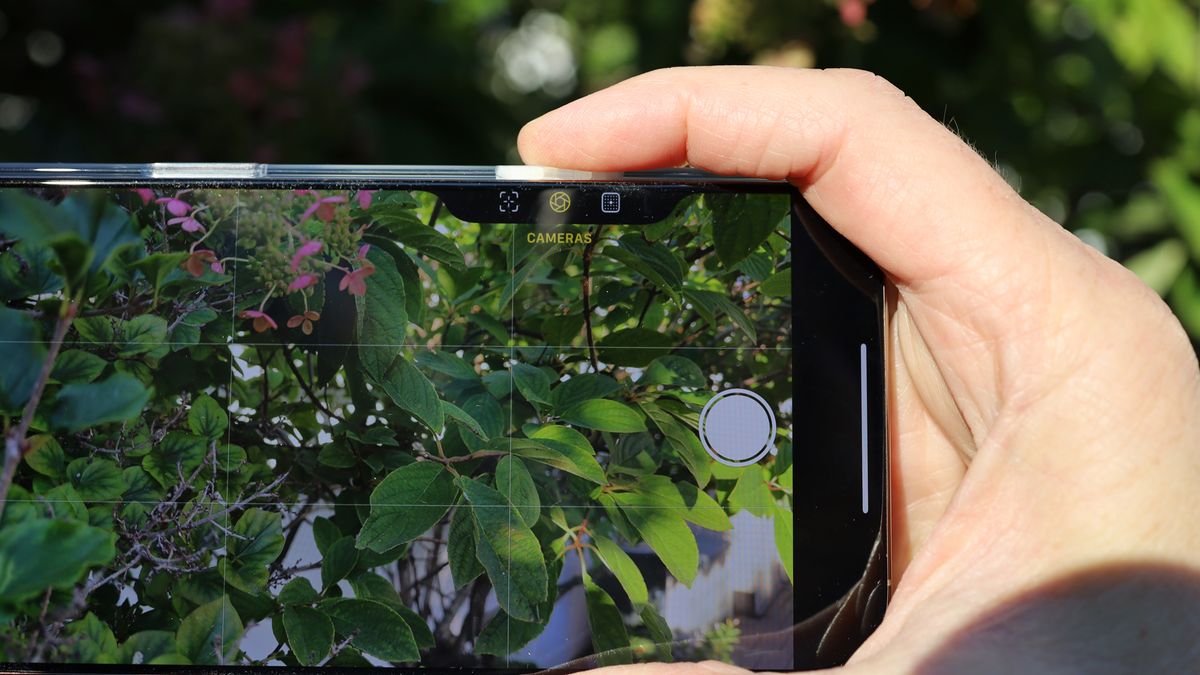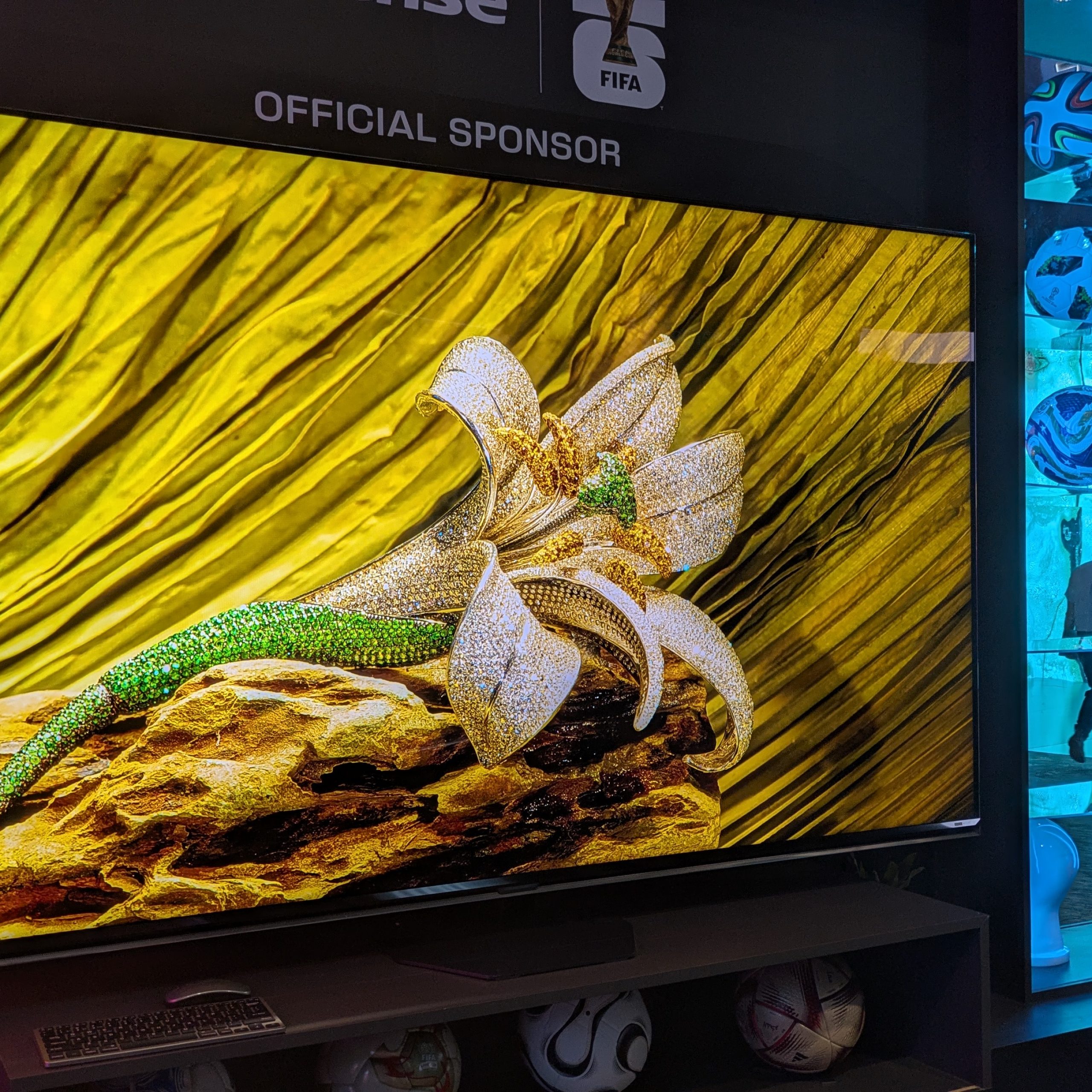An important part of how we test TVs at TechRadar is subjective testing. That's the part of the process where our reviewers put the best TVs through tests that look at picture quality, sound quality, gaming features, smart TV features, and more. To test image quality, we use Blu-ray and 4K streaming, Blu-ray and HD streaming, and lower resolution sources like DVD.
The specific movies, TV shows, and other media we use are important to our image quality tests. We'll use the same scenes as a reference on all TVs or projectors because we know what to look for when it comes to contrast, black levels, color accuracy, motion, brightness, and more when using these scenes. And it's not just about the picture quality: we'll also use some of these movie scenes to test the TV's built-in audio quality.
The movies and scenes we use vary from reviewer to reviewer (aside from one disc which I'll get to later), but they will have been carefully chosen as references because they can quickly show a TV's strengths and weaknesses based on the criteria listed above.
Here are the four movies (a mix of SDR and HDR on discs and streaming) I use every time I test a new TV, along with a bonus disc at the end that no reviewer can live without.
1. The Batman
For me, the batman, the 2022 film starring Robert Pattinson and Zoë Kravitz, is a great resource for testing various aspects of a TV picture. An extremely grainy, dark and raw film. the batman It used “available natural light” and is “an urban film noir,” according to ACS ASC cinematographer Greg Fraisier (via Cinematography World). The film is also mastered at 400 nits (most films are mastered at 1000 nits).
the batman It's a no-brainer to test shadow detail and black levels on a TV. If a set can reveal the details and textures of such a dark film while maintaining accurate dark tones, that's a huge positive. Much of the film takes place at night, so it's also great for testing black uniformity – the ability to evenly display dark tones on the screen. This isn't usually a problem for the best OLED TVs, but it can be a real problem for edge-lit LED TVs like the Samsung CU8000, for example, making black areas in images appear gray and cloudy. .
There is a notable amount of grain in the batman – an intentional choice on the director's part – but the film still aims to maintain real skin tones and textures. That's why I use it to test a TV's digital processing to see if it reduces grain too much, giving the picture an artificially clean look, something that often happens in picture modes like Standard and Vivid.
In addition to image quality, the batman It's great for testing audio. The speech is a little slurred (again, maybe intentionally?), so it's a great record to test the clarity of the dialogue. There's also the brilliant Batmobile chase scene, which can test the power and weight of a TV's built-in audio, primarily through the roar of the Batmobile's engine.
2. Top Gun: Maverick
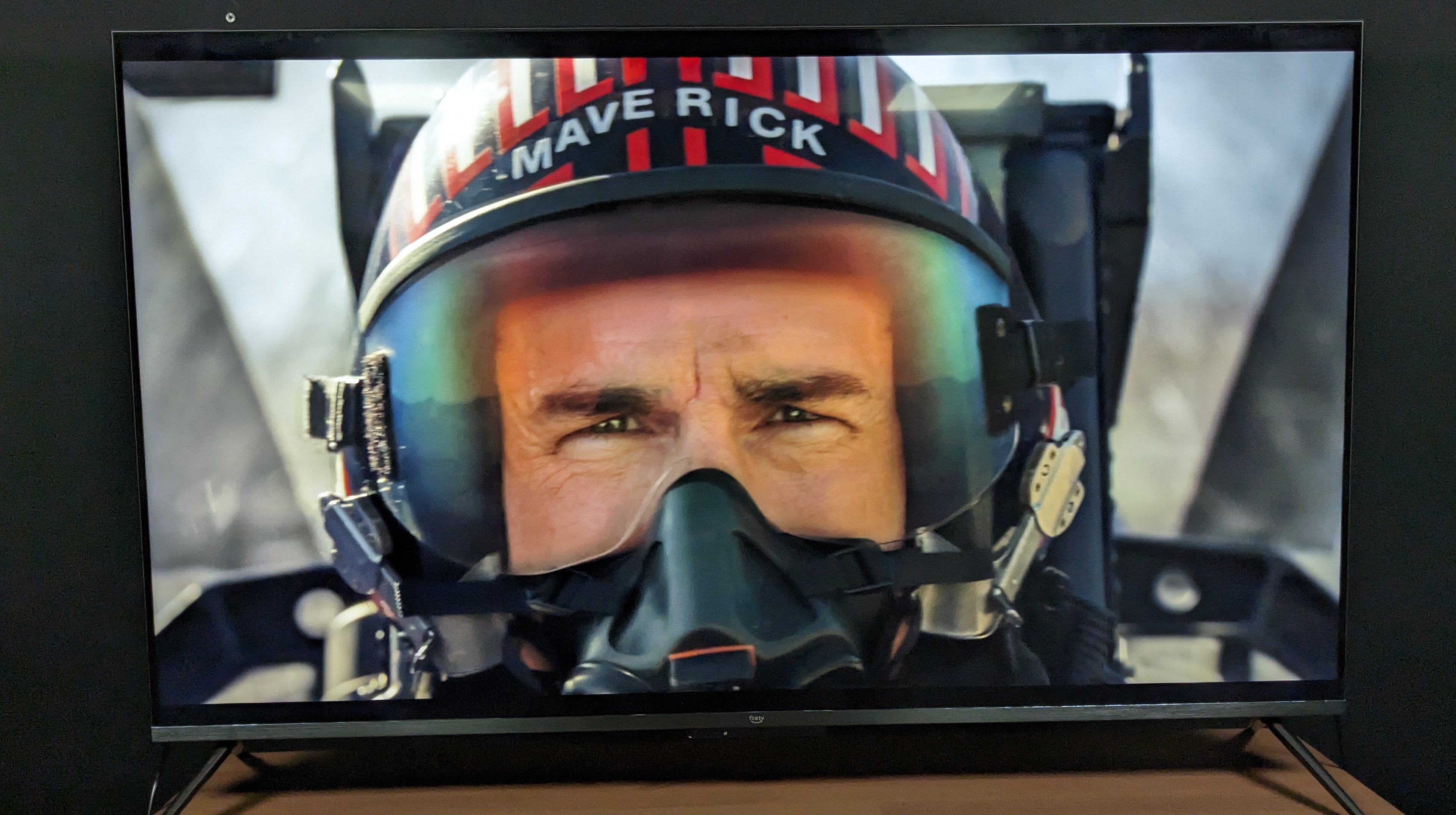
Top Gun: Maverick the 1986 sequel Top gun (both starring Tom Cruise), is almost the polar opposite of the batman. Both 4K Blu-rays are excellent for evaluating skin tones and a TV's ability to display lifelike textures. But to a lot Dissident It's filmed during the day, so it allows me to see how a TV handles those features in a well-lit scene.
The main reason I use Dissident, however, is testing the move. In 2018, Tom Cruise commented on television's motion settings, saying that it “removes the cinematic aspect of any image and makes it look like a soap opera filmed on a cheap video camera” (via BBC News). He made these comments while shooting. Top Gun MaverickSo what I was looking for was fast-paced, distinctly natural-looking cinematic action.
Dissident It's filled with lots of long panning shots: across landscapes, following waterfalls, airplanes, and even boats and motorcycles. There are also many intense flying scenes, including the first “dogfight” training mission, which I use a lot. This sequence allows me to easily see if the motion looks smooth or choppy on a TV. When using Filmmaker mode (generally the most accurate TV picture preset), the motion smoothing setting is disabled and that's a real challenge for TVs. The more premium models tend to bear this fine, while the cheaper models, contrary to what Mr. Cruise says, need some motion help via blur and judder reduction settings.
Again, this disc is one I use not only for picture quality testing but also for audio because, as you may have guessed, jet engines are a fantastic exercise for a TV's built-in speakers. Plus, it has plenty of shots of planes flying across the screen, testing the TV's soundstage (the wider the better), virtual surround sound, and the positioning of sound effects in relation to the action on screen.
3. Star Wars: The Last Jedi
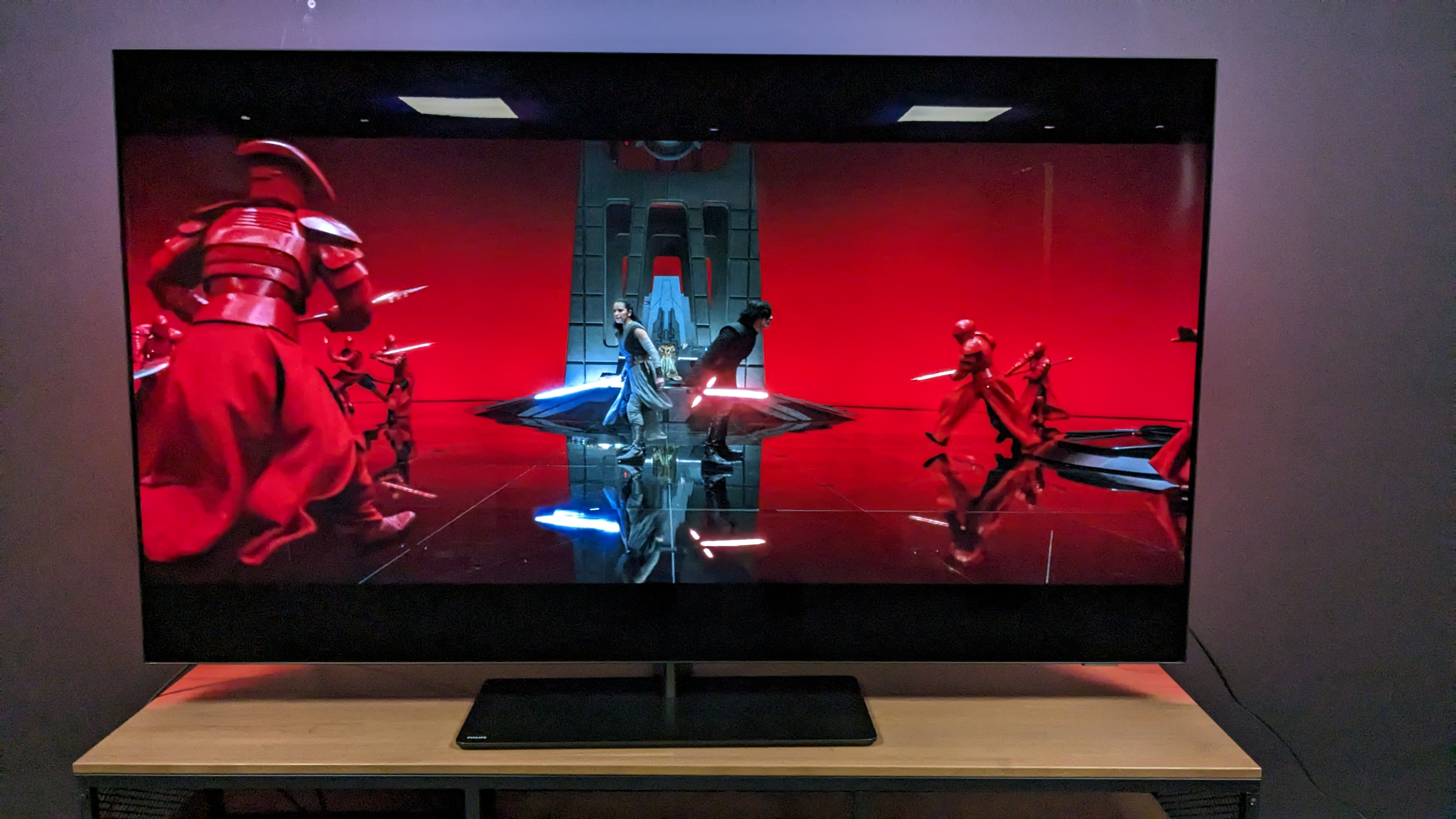
Despite what many people think Star Wars: The Last Jedi, is a wonderfully shot and beautiful film. Details, movement, contrast: you name it, this movie has it. However, I use it for one test in particular: color.
In the 'throne room' fight scene between Rey, Kylo Ren, and the red-clad guards at the end of the film, there is so much dynamic, punchy color on screen that it really puts a test to a movie's color reproduction. TV. In particular, this scene uses the color red (the guards' armor, the walls of the room, Kylo Ren's lightsaber) and can reveal the strengths and weaknesses of a TV's color. Budget models tend to have a more washed out, muted tone, while more premium models offer the bold red I'm looking for, but without oversaturation.
Lightsabers are another great color test. Various scenes make them the focal point of the shot and can be very useful in showing off a TV's effectiveness in displaying HDR highlights. TVs I've tested that have handled this successfully include OLEDs like the Panasonic MZ2000, Philips OLED808, and LG G3.
4. The Amazing Spider-Man
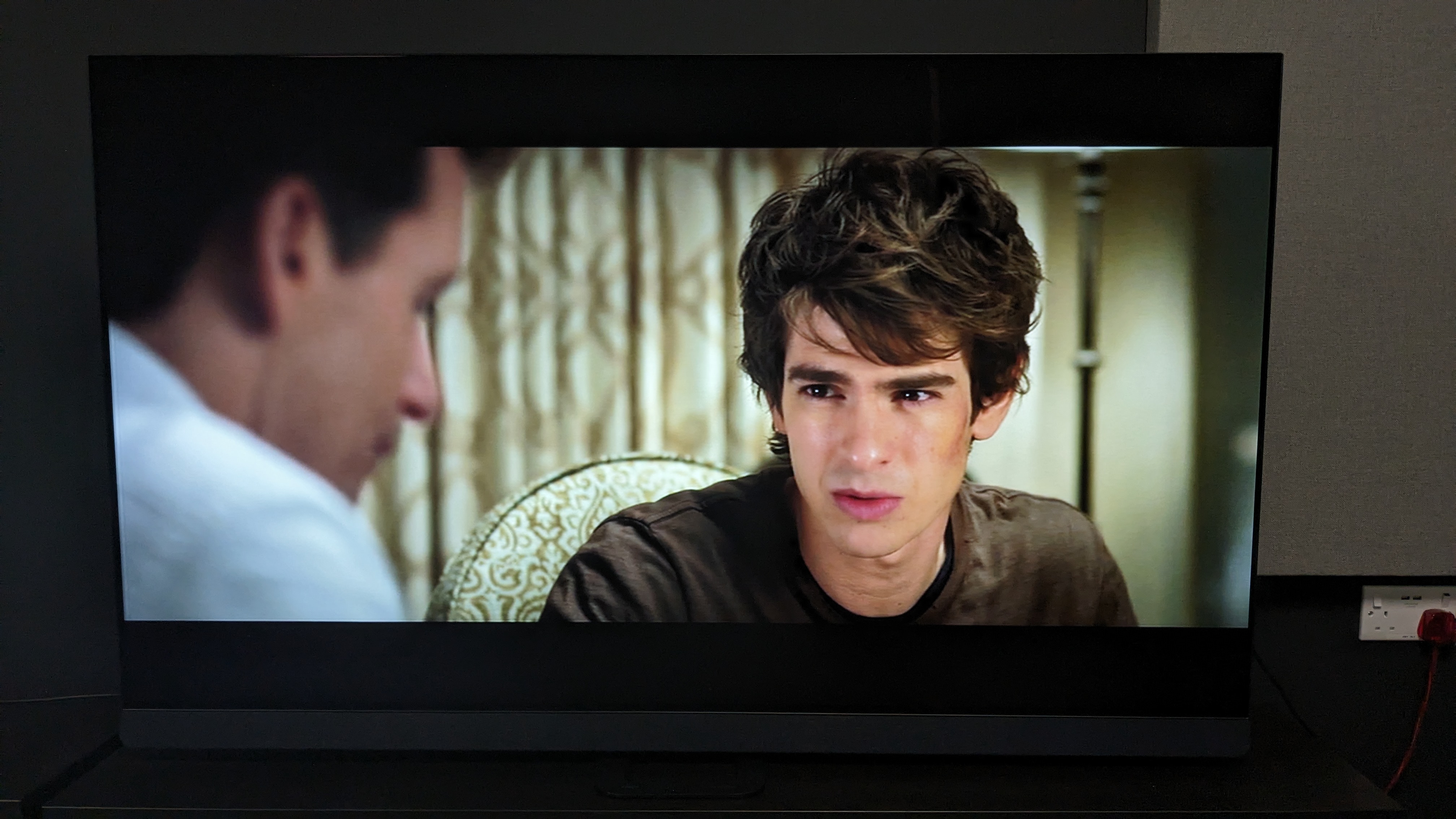
This choice has less to do with the film itself and more to do with a legacy format: the DVD. The amazing Spider Man It's a great looking movie, but not all 4K TVs support it in the same way. Textures can appear soft and blurry, which is not surprising considering the image needs to be greatly enhanced.
A good 4K TV will provide blur-free improvement and sharper textures to give more life and strength to the image. On larger screens, like the best 65-inch TVs, upscaling a standard definition picture to 4K will never be perfect, but a good TV should be able to play a DVD.
The amazing Spider Man It's a colorful, fast-paced film with lots of alternating day and night sequences, so it covers all the image quality testing bases. More importantly, the DVD version tests a TV's upscaling to see if it can bring vivid visual impact to the movie even from a lower resolution source.
Bonus Disc: Spears & Munsil UHD Benchmark 4K Blu-ray
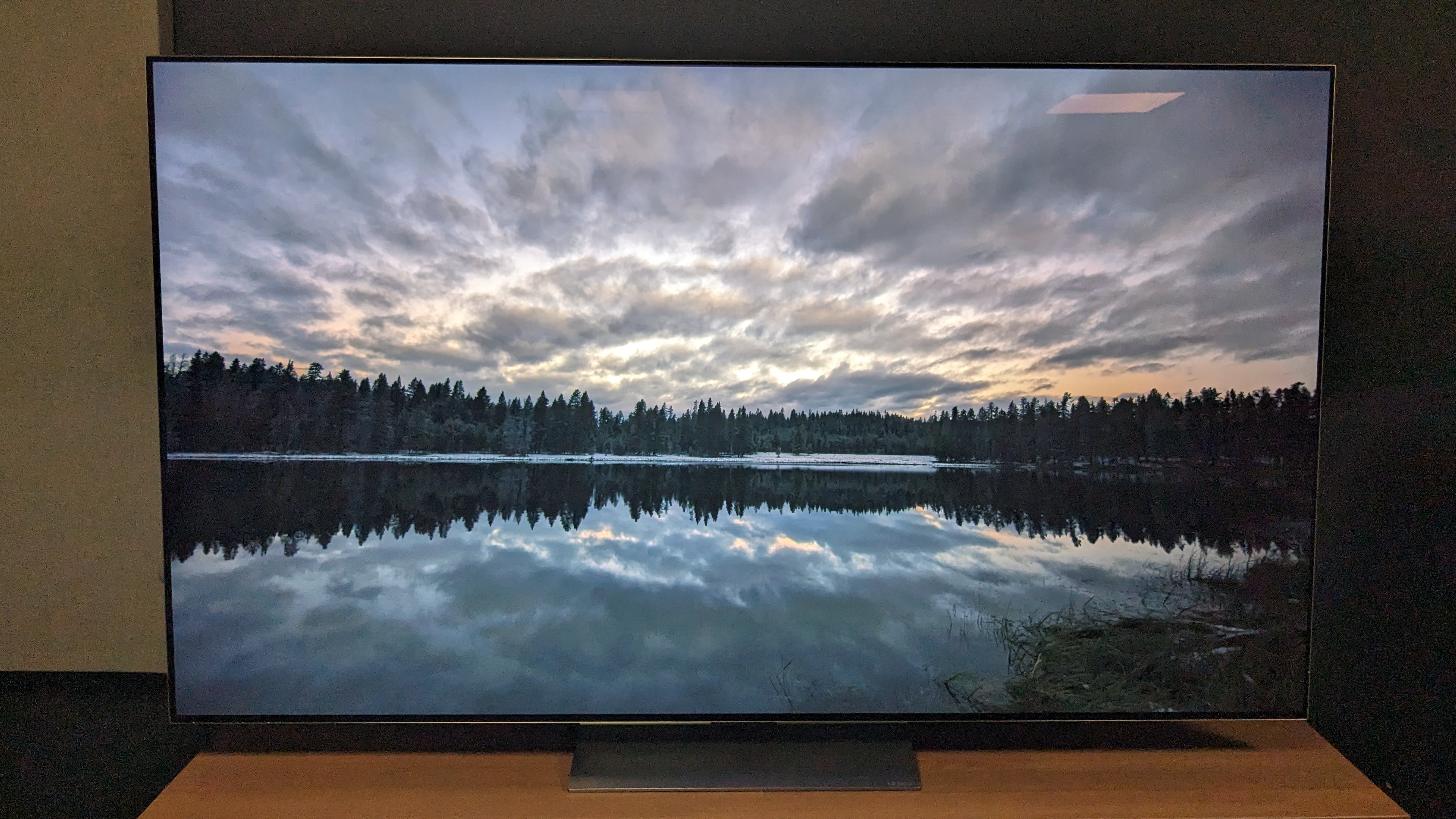
Many readers will not be aware of Spears and Munsil UHD Benchmark 4K Blu-ray, but it is an essential album for television critics. Distributed over three discs, it is designed to test each performance aspect of a television. He UHD benchmark It features test patterns for color gamut, grayscale, sharpness, motion, skin tones, and much more, and for me it's a must-have.
One section I use regularly is the demo footage, a 7-minute reel of footage mastered in all HDR formats (HDR10, HDR10+, Dolby Vision) that highlights each area of a TV's picture performance mentioned above. Snowy scenes reveal how a television handles vibrant whites, nightscapes show its ability to reproduce a truly black sky, while animal shots contain intricate textures and details in feathers and scales.
This disc will allow home theater enthusiasts to calibrate their televisions for the best picture and is highly recommended.

